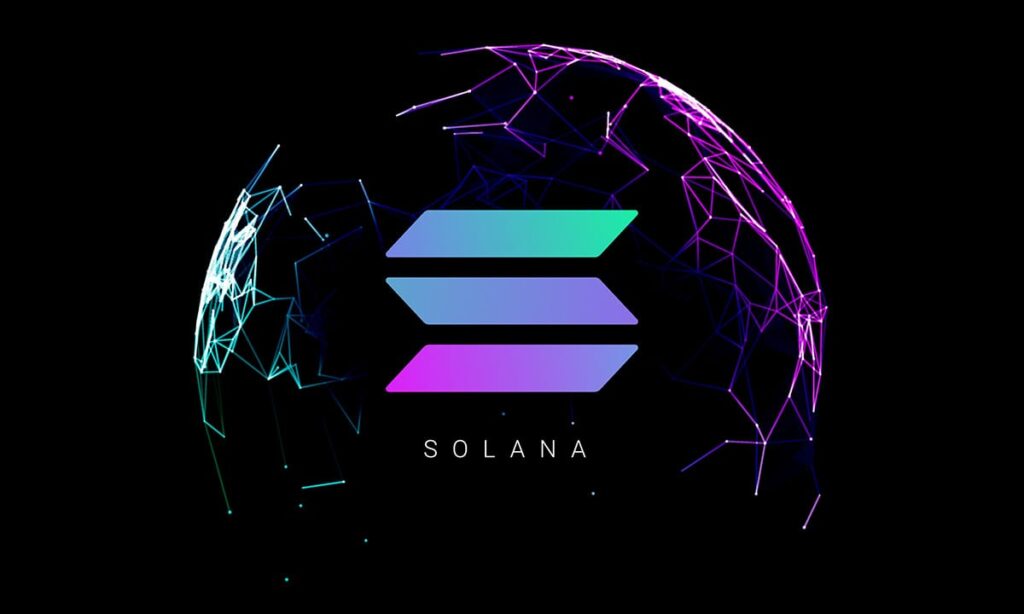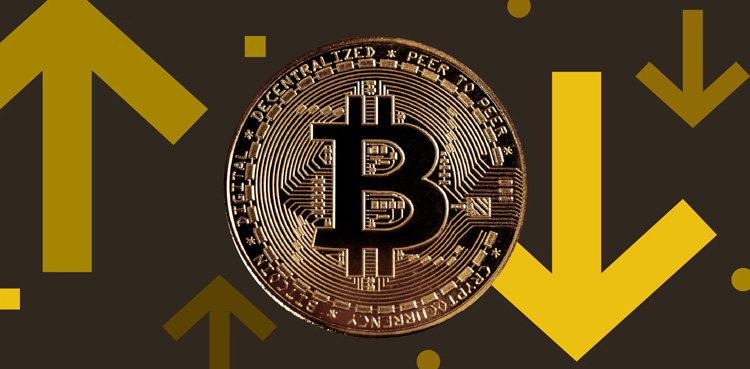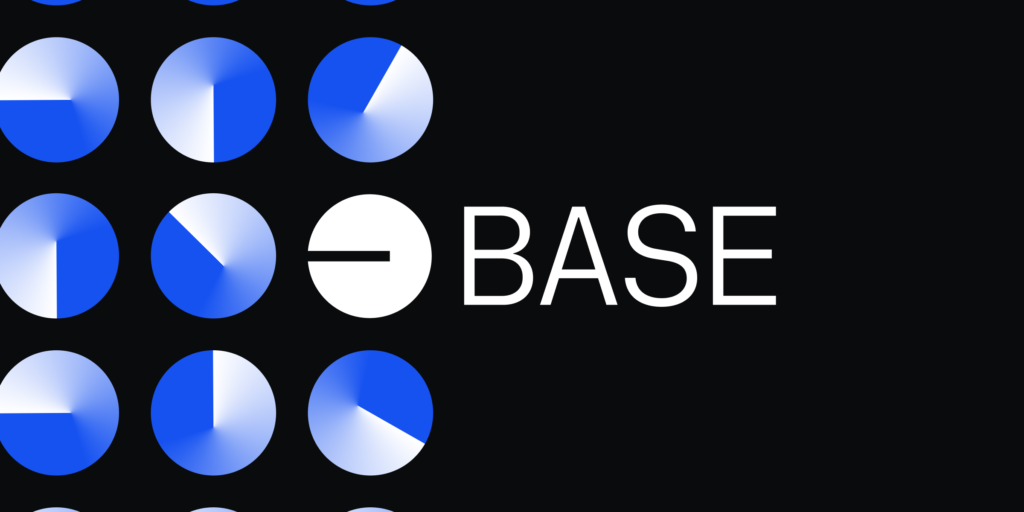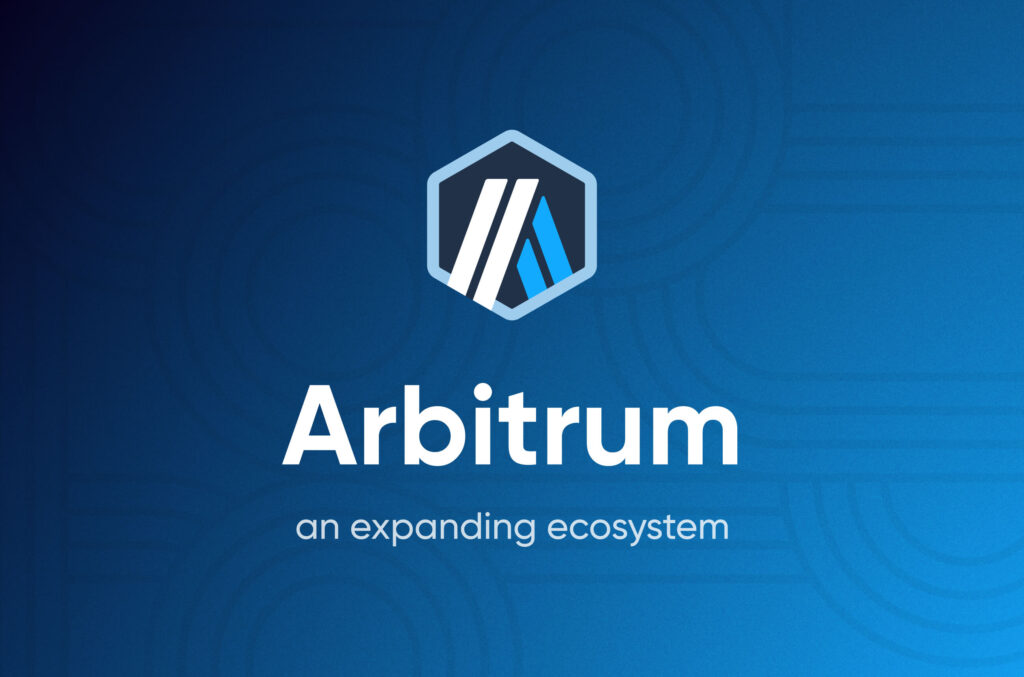The Blockchain world is buzzing with activity, and smart chain networks are at the forefront of this exciting change. These blockchains are the backbone of decentralized applications (dApps), streamlining contracts and transforming our interactions in the digital realm. Picture a system where agreements happen automatically, payments fly through without a hitch, and trust is built right into the code—that’s the wonder of smart contracts. As we look ahead to April 2025, we’re shining a light on the top 10 Smart Chain Networks—from the groundbreaking beginnings of Ethereum to the innovative strides of Sui. Let’s explore their standout features, the technology that powers them, and why they’re crucial for the future, whether you’re a crypto fan, a developer, or simply curious about what’s on the horizon.
1.Ethereum: The Smart Contract Trailblazer
Ethereum isn’t just another blockchain; it’s the pioneer of smart contracts. Launched in 2015 by Vitalik Buterin, it brought us programmable agreements that operate on the Ethereum Virtual Machine (EVM). Imagine it as a digital vending machine: you put in your request, it checks the conditions, delivers what you want, and even gives you a refund if something goes wrong—all without needing a middleman.
Key Features and Strengths: Ethereum shines with its decentralization, strong security, and a whopping 1,300+ protocols running on its network. With a Total Value Locked (TVL) of around $49.9 billion, it’s the king of DeFi. Plus, its transition to Proof-of-Stake (PoS) in 2022 significantly reduced energy consumption, making it more sustainable.
Backend Working: The EVM is where smart contracts written in Solidity come to life. Every node in the network validates transactions, ensuring everything runs smoothly and securely. However, scalability is still a hurdle, with only 15–45 transactions per second (TPS), which is why there’s a growing reliance on Layer-2 solutions.

2 .Solana: Speed Meets Smart Contracts
If Ethereum is the seasoned veteran, Solana is the high-speed rookie. Known for its 65,000 TPS, Solana excels in performance-driven dApps. So, how do smart contracts on Solana vs Ethereum stack up?
Key Features and Strengths: Solana’s standout traits are speed and ultra-low fees (pennies per transaction). It powers gaming, NFTs, and DeFi with over 200 protocols. Reliability has been a hiccup, though, with occasional outages.
Backend Working: Solana combines Proof-of-History (PoH) with Proof-of-Stake. PoH timestamps transactions for parallel processing—like a turbocharged assembly line. Smart contracts, written in Rust or C, offer flexibility but lack Ethereum’s ecosystem compatibility.

3. BNB Chain: Binance’s Smart Powerhouse
BNB Chain, powered by the Binance ecosystem, is a major player in the game. Curious about how BNB Chain smart contracts operate? Let’s break it down.
Key Features and Strengths: With a total value locked (TVL) of $5.86 billion and 868 protocols, it’s not just fast and cost-effective; it’s also EVM-compatible. This makes it a go-to choice for developers migrating from Ethereum, offering a blend of familiarity and affordability.
Backend Working: BNB Chain uses Proof-of-Staked-Authority (PoSA) with 21 validators securing the network. Smart contracts, coded in Solidity, run on its dual-chain architecture (Binance Chain + BNB Smart Chain), optimizing speed over full decentralization.

4 .Bitcoin: The Unexpected Smart Chain
Yes, Bitcoin—the crypto pioneer—is stepping into smart contracts. With a TVL of $5.66 billion, it’s quietly evolving beyond digital gold.
Key Features and Strengths: Bitcoin’s unrivaled security and decentralization (via Proof-of-Work) make it a fortress. It’s less versatile than others, but Layer-2 solutions like Stacks and Lightning Network unlock its potential.
Backend Working: Bitcoin’s base layer uses Script for basic smart contracts (e.g., multi-signature setups). Layer-2s expand this, enabling off-chain complexity while rooting security in Bitcoin’s mainnet.

5 .Tron: The Entertainment Blockchain
Tron’s impressive $5.16 billion in Total Value Locked (TVL) really showcases its ability to scale. So, what are the perks of using smart contracts on the Tron blockchain? Let’s break it down.
Key Features and Strengths: Tron stands out with its high throughput of 2,000 transactions per second (TPS), minimal fees, and a strong presence in stablecoin transactions, particularly with USDT. It’s become a go-to platform for content creators and decentralized applications (dApps), supporting a total of 35 different protocols.
Backend Working: The backbone of Tron’s system is its Delegated Proof-of-Stake (DPoS) mechanism, which depends on 27 “super representatives” to handle validation. Plus, its Tron Virtual Machine (TVM) is compatible with the Ethereum Virtual Machine (EVM), allowing it to run Solidity contracts efficiently, ensuring both speed and ease of use.

6 .Base: Coinbase’s Layer-2 Gem
Base, the brainchild of Coinbase, is like Ethereum’s reliable sidekick. With a total value locked (TVL) of about $3.5 billion, it’s really picking up speed.
Key Features and Strengths: Built on Ethereum’s Optimism stack, Base provides quick and affordable transactions while tapping into Ethereum’s robust security. It’s a dream come true for developers diving into DeFi projects.
Backend Working: As a Layer-2 rollup, Base efficiently batches transactions off-chain and then settles them on Ethereum. Smart contracts operate on the EVM, making it a perfect match for Ethereum developers looking to scale their projects.

7. Arbitrum: Scaling Ethereum with Style
Arbitrum is stepping up to tackle the scalability issues that Ethereum faces, positioning itself as a top Layer-2 solution within the Ethereum ecosystem. It’s built to manage a high volume of transactions while keeping costs down, all while taking advantage of Ethereum’s robust security.
Key Features and Strengths: With a total value locked (TVL) of about $3.2 billion, Arbitrum is supporting an increasing number of DeFi and NFT projects. It can theoretically handle transaction speeds of up to 40,000 transactions per second (TPS) and offers fees that are often 90% lower than those on Ethereum’s mainnet. Plus, its compatibility with the Ethereum Virtual Machine (EVM) makes it an easy choice for developers looking to scale their decentralized applications (dApps).
Backend Working: Arbitrum operates as an Optimistic Rollup, which means it processes transactions off-chain while assuming they’re valid—hence the term “optimistic.” These transactions are grouped together and sent to Ethereum’s mainnet for final confirmation. If there’s a dispute over a transaction, Arbitrum’s fraud-proof system steps in to verify its legitimacy. Smart contracts, written in Solidity, run on Arbitrum’s Arbitrum Virtual Machine (AVM), which is fully compatible with the EVM.

8. Polygon: Ethereum’s Swiss Army Knife
Polygon, which used to be known as Matic Network, is not just another Ethereum Layer-2 solution; it’s a comprehensive scaling framework that offers a lot more. It’s often referred to as Ethereum’s “Internet of Blockchains” because of its impressive versatility.
Key Features and Strengths: Polygon boasts a total value locked (TVL) of $2.8 billion and supports over 700 different protocols. It provides a range of scaling solutions, including its Proof-of-Stake (PoS) chain, zk-Rollups, and sidechains, achieving transaction speeds of up to 7,000 transactions per second (TPS). The fees are significantly lower than those on Ethereum, often coming in at less than $0.01 per transaction. Plus, its compatibility with the Ethereum Virtual Machine (EVM) means developers can easily migrate their Ethereum dApps with minimal adjustments.

Backend Working: The PoS chain of Polygon operates on a Proof-of-Stake consensus mechanism, utilizing a group of validators to maintain network security. Transactions are processed directly on Polygon and are periodically checkpointed to Ethereum for added security. For more sophisticated scaling, Polygon’s zk-Rollups, such as Polygon zkEVM, leverage zero-knowledge proofs to consolidate thousands of transactions into a single proof that is then settled on Ethereum. Smart contracts are crafted in Solidity and run in an EVM-compatible environment.
9 .Avalanche: The High-Throughput Contender
Avalanche is a smart chain network built for speed, scalability, and customization. It’s a direct competitor to Ethereum, bringing a fresh perspective with its unique subnet architecture.
Key Features and Strengths: Avalanche boasts a total value locked (TVL) of $1.9 billion and supports over 300 protocols. It can handle up to 4,500 transactions per second (TPS) with finality in less than a second, and its transaction fees are impressively low, usually under $0.10. One of its standout features is the ability to create subnets—custom blockchains that developers can tailor to their specific needs, all while being secured by Avalanche’s mainnet.
Backend Working: Avalanche employs a distinctive consensus mechanism known as Avalanche Consensus, which is a variation of Proof-of-Stake. This allows for high throughput and rapid finality. The network consists of three chains: the X-Chain for transactions, the C-Chain for smart contracts (which is compatible with Ethereum’s Virtual Machine), and the P-Chain for coordinating the platform. Smart contracts are written in Solidity, and the C-Chain executes them in an EVM environment, making it a breeze for Ethereum developers to get started.

10 .Sui: The Next-Gen Innovator
Sui, created by Mysten Labs, is a fresh player in the blockchain space that’s really shaking things up with its unique take on scalability and user experience. It’s designed from the ground up to meet the needs of next-gen decentralized applications (dApps).
Key Features and Strengths: Sui boasts a total value locked (TVL) of about $1.5 billion and is rapidly attracting developers, particularly in the gaming and social dApp sectors. It can handle over 120,000 transactions per second (TPS) with almost instant finality, and the transaction fees are minimal. What sets Sui apart is its object-oriented data model, which differs from Ethereum’s account-based model, allowing for parallel transaction processing and significantly enhancing efficiency.
Backend Working: Sui operates on a Proof-of-Stake consensus mechanism, but with a unique twist: its Narwhal and Bullshark engines separate the ordering of transactions from the consensus process. This allows for parallel execution, meaning that transactions that aren’t dependent on one another can be processed at the same time, greatly increasing throughput. Smart contracts on Sui are written in Move, a programming language crafted for security and resource management, which was originally developed for Meta’s Diem project.

The Future of Smart Chain Networks
The top 10 Smart Chain Networks showcase the diversity and innovation driving the blockchain space in 2025. Ethereum remains the gold standard for decentralization and developer adoption, while Solana and Avalanche push the boundaries of speed and scalability. BNB Chain and Tron offer cost-effective solutions for mass-market dApps, and Bitcoin’s entry into smart contracts signals a new era for the crypto pioneer. Layer-2 solutions like Base, Arbitrum, and Polygon are solving Ethereum’s scalability woes, while newcomers like Sui are reimagining what’s possible with blockchain technology.
Each network has its strengths and trade-offs—whether it’s Ethereum’s robust security, Solana’s blazing speed, or Sui’s next-gen architecture. For developers, the choice depends on the use case: DeFi might lean toward Ethereum or Arbitrum, gaming could favor Solana or Sui, and enterprise solutions might opt for Avalanche’s subnets. For users, these networks mean faster, cheaper, and more secure digital experiences.
As the blockchain ecosystem evolves, these smart chain networks will continue to shape the future of finance, gaming, social platforms, and beyond. Which one will dominate? That’s a question only time—and innovation—can answer. For now, the race is on, and the possibilities are endless.
